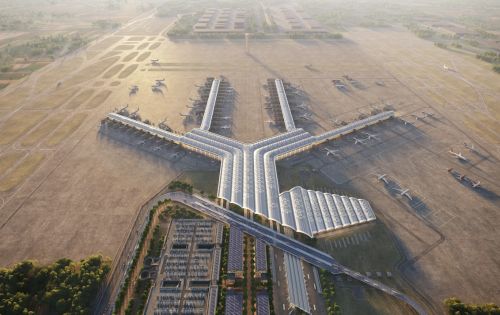Biologically active surface (which according to zoning plans has to make up a minimum of 25 pct of each residential project) can be provided in a number of ways, so it’s always a good idea to bring in a greenery designer in the project’s initial stages. “The lead designer responsible for the estate’s design concept doesn’t have to know anything about botany or ecological services,” points out Monika Szewczyk, a biologist specialising in biodiversity preservation at the UN Environmental Programme/Global Research Information Database (UNEP/GRID) centre in Warsaw. “Working together with a landscape architect or greenery designer from the outset of a project increases the chances that the approach adopted will address a greater number of environmental issues. Then, with around the same amount of effort and money, something can be achieved that will eventually be hugely beneficial for both the eventual residents and in terms of maintaining urban bio































































